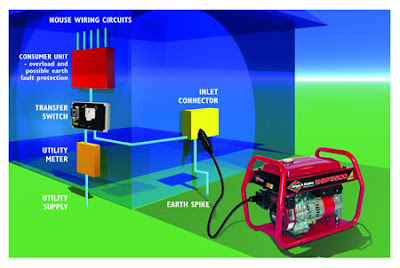The Positive Aspects Of Having An Automatic Transfer Switch
When the electrical power goes out in your residence, you usually can tolerate a couple hours of darkness, warmth, or cold conditions until it resumes. But if your business experiences a electrical power blackout, it might turn tragic, particularly when its critical operations depend on nonstop electric power supply. This exact scenario is the reason why several entities, like medical clinics, data processing facilities, and even commercial merchants have emergency support power generators. Yet just owning a backup generator doesn't necessarily mean that you're ready for a power disruption. For you to be ready, you need to guarantee that your power generator is reached by using an automatic transfer switch and not a manually operated one.
So How Would an Automatic Transfer Switch Vary From a Manual One?
Manual transfer switches predate automatic switches, but they are often used widely today. As opposed to automatic switches, manually operated switches require someone to turn from grid power to generator power in the event of power blackout, and then return to metered power when it is restored. In automatic switches, particular circuitry permits this operation to be handled by computer systems. When it comes to businesses that have a single, conveniently located generator and do not have to have constant electrical power, the big difference among manually operated and automatic switches is in fact minimal. However for companies that have a campus setting and currently have more than one generator to service many buildings, automatic switches offer the most benefit.
If you choose automatic switches over manually operated ones, you have a further decision to make: do you need "make before break" switches or "break before make" switches? The "make before break" directly hook up a building to generator electricity while it still runs on metered power, while the "break before make" waits to access generator power until it reaches a particular rate.
As one may possibly expect, "make before break" types are preferred by businesses which need electric power without interruption. However they do come with a potential risk: if conventional electricity all of a sudden comes back while generator power is likewise accessed, a power surge can take place. But, because the phase in which both sources are connected is normally short, the actual danger is viewed as minimal.
If you select automatic switches over manual ones, you have another decision to make: do you need "make before break" switches or "break before make" switches? The first immediately connect a building to electrical generator power while it still runs on power company power, while the latter waits to access electrical generator electricity until it reaches a certain frequency. Just as you might assume, "make before break" models are favored by entities which need electricity at all times. However they can come with a risk: if conventional power instantly comes back while electrical generator power is also accessed, a power surge may possibly occur. However, because the interval where both sources are used is normally brief, the risk is considered minimal.



